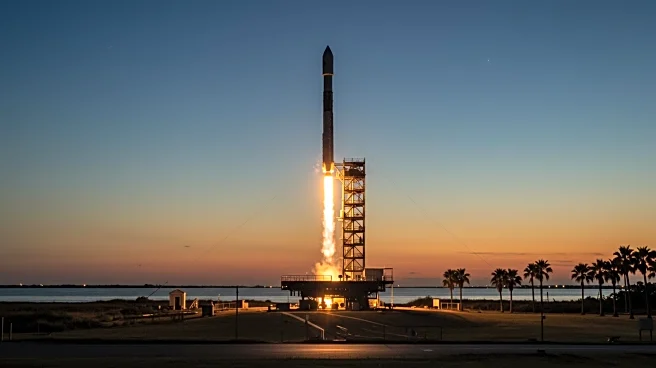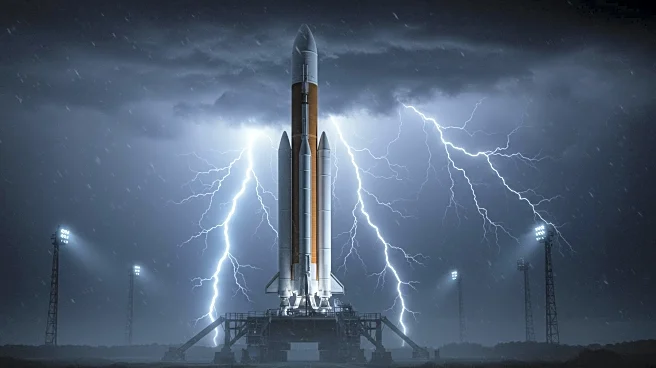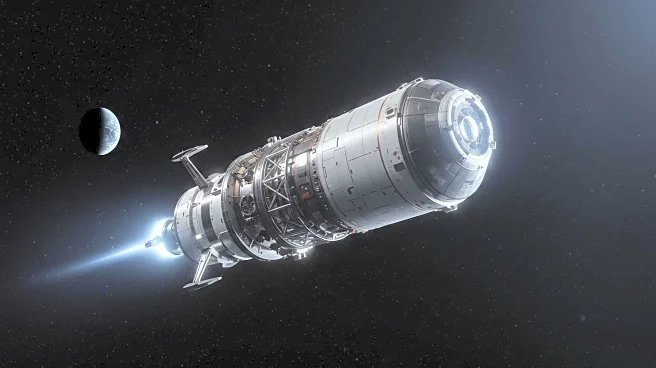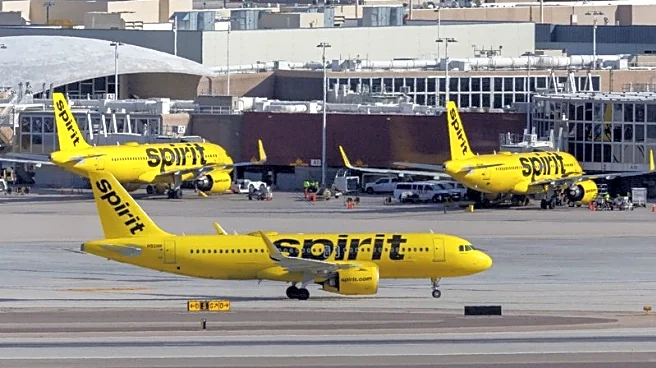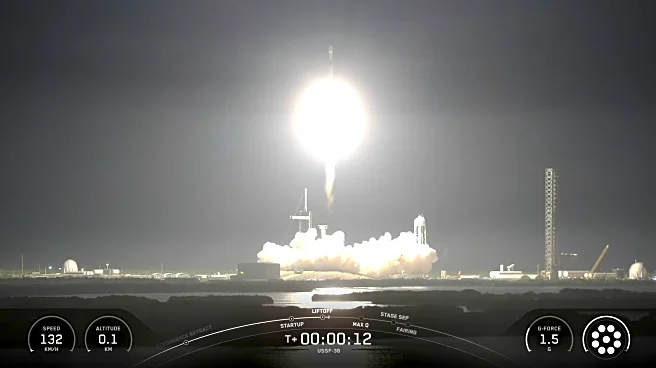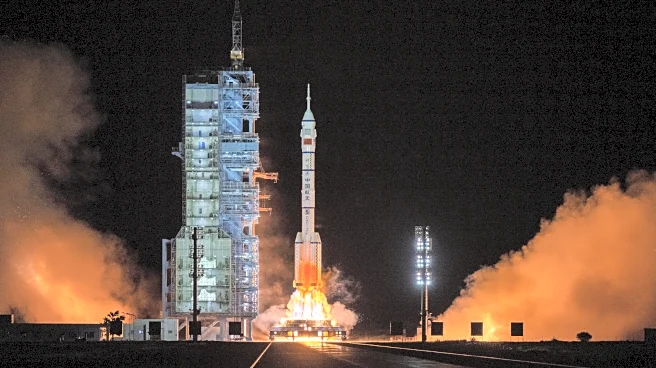What's Happening?
SpaceX is planning to expand its Starship operations to Cape Canaveral, Florida, with the aim of launching 44 super heavy-lift rockets annually. The Federal Aviation Administration (FAA) has released a draft environmental impact statement indicating that this increase in launch activity could lead to significant flight delays at major Florida airports, including Fort Lauderdale/Hollywood International, Orlando International, Tampa International, and Miami International. The FAA warns that these airports could experience average delays of up to two hours for Starship launches and Super Heavy booster landings, with reentries potentially causing delays of up to one hour. The delays are attributed to temporary airspace closures, known as Aircraft Hazard Areas (AHAs), which are established to separate aircraft from potential hazards such as falling debris or the launch vehicles themselves. These AHAs could impact air routes extending 1,600 nautical miles eastward over the Atlantic Ocean, affecting up to 200 commercial aircraft per hour during peak travel times.
Why It's Important?
The expansion of SpaceX's Starship operations in Florida could have significant implications for the state's commercial airspace and the broader aviation industry. The potential for increased flight delays and reroutes could disrupt travel plans for thousands of passengers, impacting tourism and business travel in the region. Additionally, the need for airports to adjust operations to accommodate the new launch activities could lead to increased operational costs and logistical challenges. The FAA's assessment highlights the need for careful coordination between SpaceX, the FAA, and affected airports to mitigate the impact on air travel. The situation underscores the growing intersection between commercial space activities and traditional aviation, raising questions about how to balance the needs of both industries.
What's Next?
SpaceX's proposal to expand Starship operations in Florida is still pending FAA approval. The company has already begun constructing launch infrastructure at Kennedy Space Center and plans to complete the launchpad at Launch Complex 39A this year. The FAA will need to determine whether the U.S. can manage the ripple effects of launching Starship in one of the nation's busiest air corridors. If approved, SpaceX aims to launch Starship from Cape Canaveral before the end of the year. In the meantime, affected airports may need to engage in procedural planning with SpaceX and the FAA to prepare for the potential impact on their operations.
